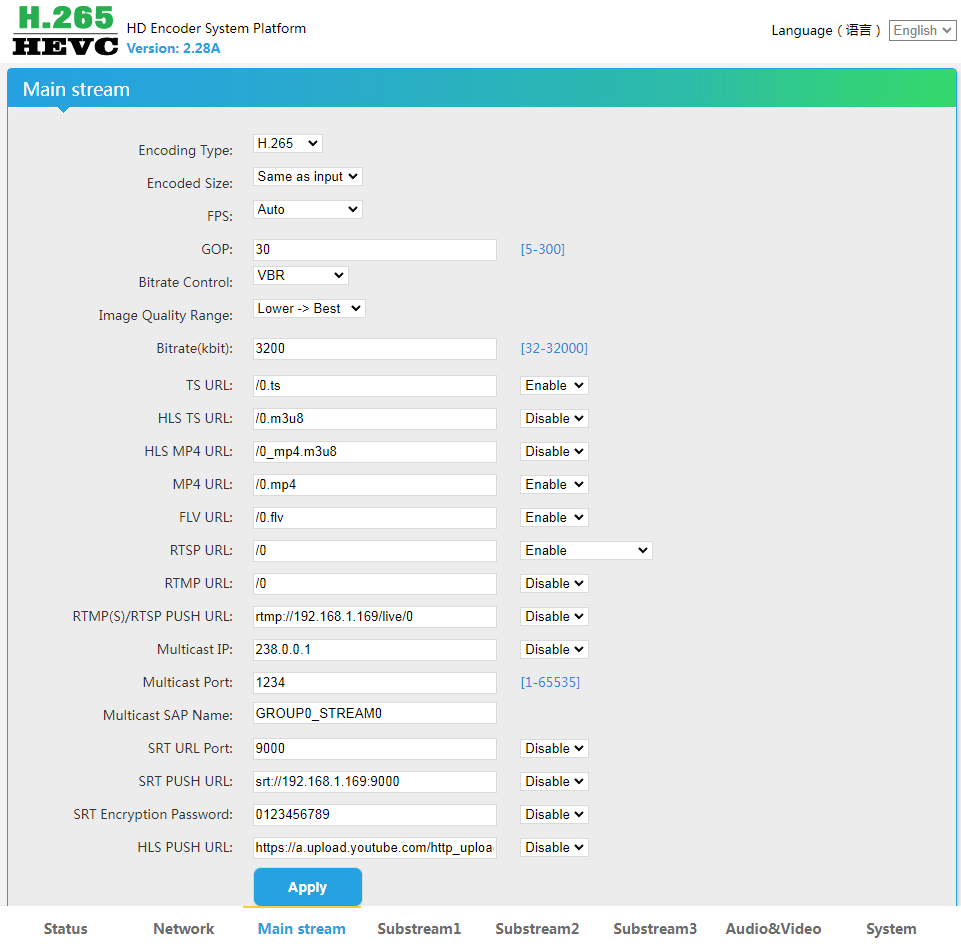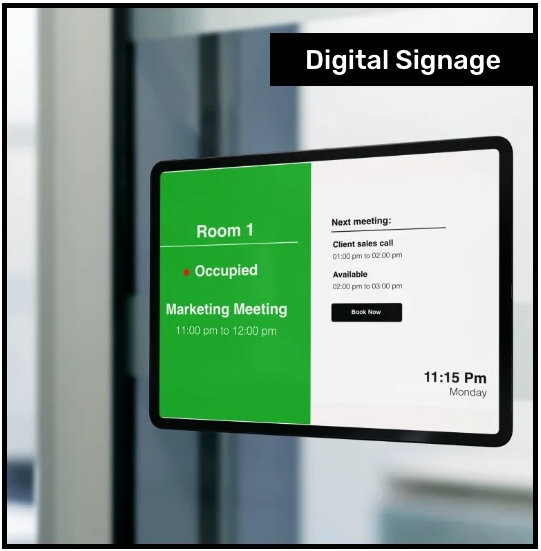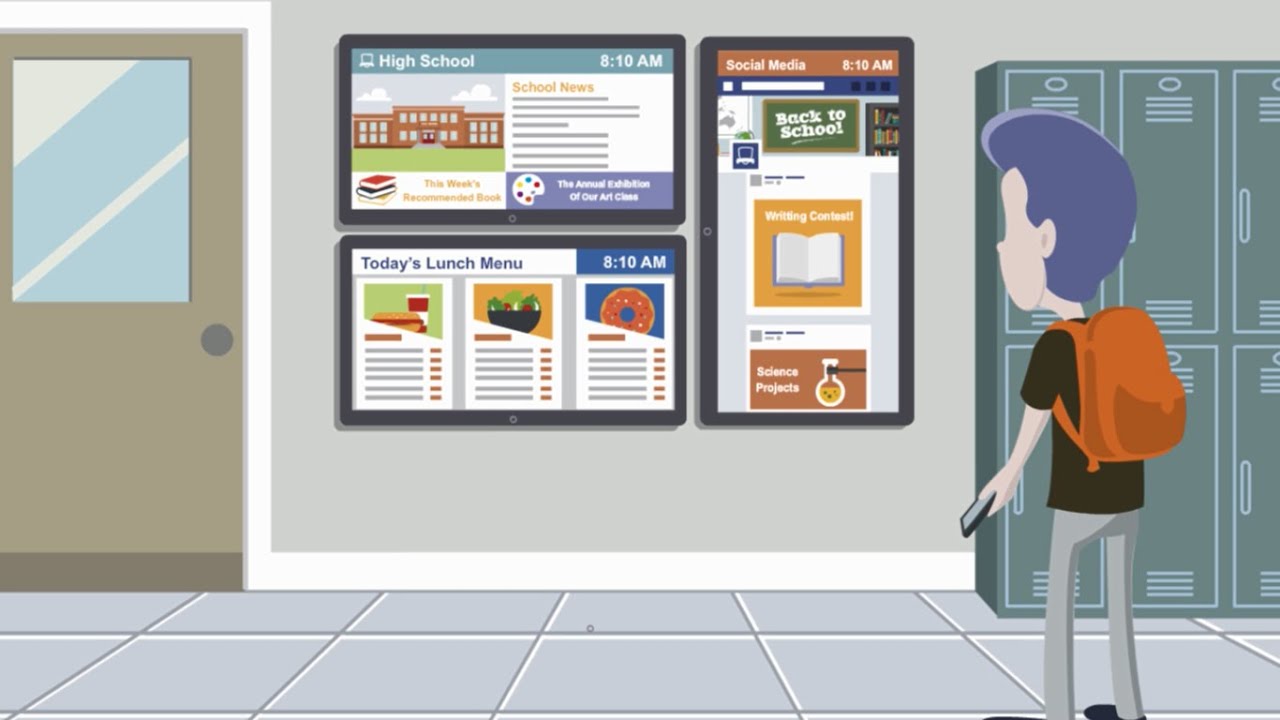Digital Signage Video Encoder
Oupree video encoder is a device that converts video signals into digital signals, which can be compressed and encoded for transmission and storage over the network. Video encoder technology mainly includes encoding formats, algorithms and standards. Video encoding can reduce the redundancy of video data, improve the transmission efficiency and quality, and adapt to different network environments and terminal devices. Video encoding technology mainly includes encoding formats, algorithms and standards, which determine the performance and compatibility of video encoding.

Digital signage is a medium that uses display devices (such as LCD screens, LED screens, etc.) to display information and advertisements. Digital signage can realize remote control, timing playback, multimedia interaction and other functions, and is widely used in shopping malls, hotels, airports, subways, hostpital, and other public places. This article mainly introduces the application of video encoder in digital signage, which mainly includes improving video quality and saving bandwidth, supporting multiple protocols and formats, and realizing video content innovation and enrichment.


Improving video quality and saving bandwidth
One of the main applications of video encoder in digital signage is to improve the video quality and save the bandwidth. Video quality is an important factor that affects the user experience and satisfaction of digital signage. Video quality depends on many factors, such as resolution, frame rate, color, contrast, etc. Video encoder can adjust these parameters according to different video content and network environment, to achieve high-definition, smooth and low-latency video transmission.
Video encoder can also use advanced compression technology to reduce the size of video data, and save the network bandwidth and storage space. Video compression is the process of removing the redundant or irrelevant information from the video data, and reducing the bit rate of the video data. Video compression can be divided into two types: lossless compression and lossy compression. Lossless compression can preserve the original quality of the video data, but the compression ratio is low. Lossy compression can achieve a higher compression ratio, but the quality of the video data will be degraded. Video encoder can use different compression algorithms and techniques, such as H.264, H.265, etc., to balance the trade-off between video quality and compression ratio.
Supporting multiple protocols and formats
Another application of video encoder in digital signage is to support multiple protocols and formats, which can improve the compatibility and interoperability of video encoder and digital signage. Protocol is the set of rules and standards that govern the communication and transmission of data over the network. Format is the way of organizing and presenting the data. Protocol and format determine the compatibility and interoperability of video encoder and digital signage.
Video encoder can support multiple protocols and formats, such as RTMP(S), SRT, HTTP, HLS, RTSP, Multicast, Unicast, RTP, ONVIF, etc., to achieve the connection and compatibility with different streaming media servers or online live broadcast platforms. Video encoder can also support multiple encoding formats, such as H.264, H.265, etc., to meet different video quality and performance requirements. Video encoder can also support multiple video sources, such as HDMI, SDI, VGA, CVBS, etc., to achieve the conversion and adaptation of different video signals.
Realizing video content innovation and enrichment
The third application of video encoder in digital signage is to realize the video content innovation and enrichment, which can enhance the attraction and interest of digital signage. Video content is the core element of digital signage, which can convey information and advertisements, and interact with customers. Video content innovation and enrichment can improve the diversity and creativity of video content, and increase the value and influence of digital signage.
Video encoder can support multiple video content innovation and enrichment, such as text and image overlay, video cropping and scaling, video stitching and switching, video encryption and watermarking, etc. Video encoder can also support multiple video content analysis and optimization, such as face recognition, crowd counting, scene recognition, etc., to optimize the video quality and effect.
Posted on: Jan 11, 2024 Updated on: Jan 24, 2024




